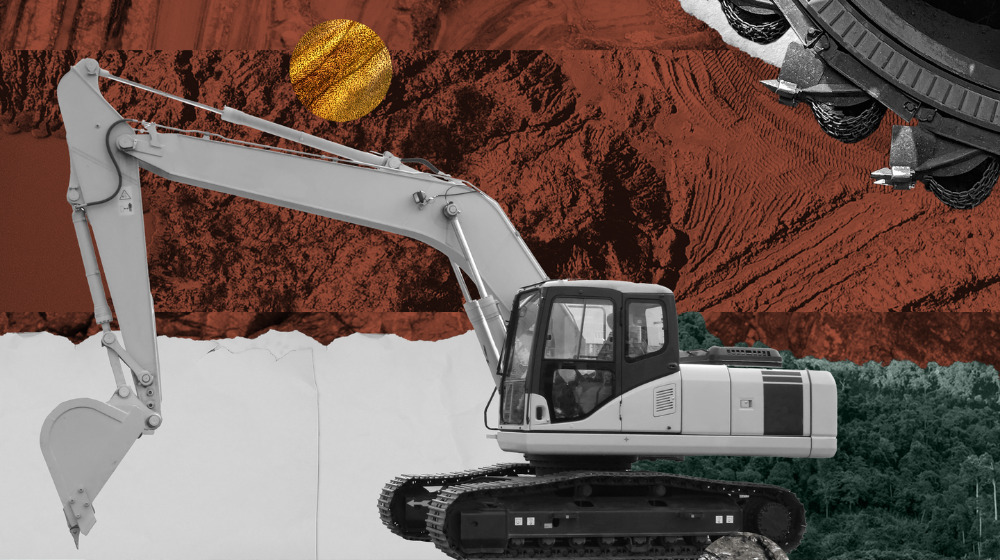Garimpos’s turnover exceeds BRL 1MM per month in the Amazon
 Notícias – site (5)
Notícias – site (5)
What is the cost of opening a wildcat mine and the profit from wildcat mining operations in the Amazon? In its new study, Unveiling the wildcat gold mining cash book, Instituto Escolhas shows that the investment to start a wildcat mining operation using dredging rafts in the Amazon exceeds US$ 616,7 thousand. In terrestrial garimpos, the initial investment is around US$ 281 thousand. The figures show how far today’s wildcat gold mining activity is from its artisanal origin.
Released on the June 16th, the survey collected figures referring to two types of operation: wildcat gold mining using dredging rafts on rivers and terrestrial wildcat mining in areas close to riverbeds. To find the average values for a typical dredging raft operation, we considered a large raft with 18 garimpeiros and two cooks. In terrestrial operations, the calculations considered the excavator operator and machine hours (excavator and hydraulic pumps to demolish ravines and pump sediments).
The study showed that the monthly turnover of wildcat gold mining using dredging rafts totals US$ 238,5 thousand. After the settlement of all their liabilities, they profit US$ 130 thousand. In the case of terrestrial wildcat mines, the average monthly income is US$ 191 thousand, while the monthly profit is approximately US$ 70,5 thousand. The study researchers also considered costs incurred with garimpeiros’ food, fuel, internet and mercury, miners’ and cooks’ remuneration and, ultimately, equipment depreciation.
“Garimpos are undertakings with high investment and considerable income. However, they benefit from legislation that establishes few requirements to authorize operations and does not hold the garimpos liable for recovering devastated areas and areas contaminated by mercury. Said few requirements justify their interest in maintaining the artisanal character of the wildcat mining, which is far from what actually happens for a long time now”, warns Ms. Larissa Rodrigues, Portfolio Manager, Escolhas.
Another study highlight is the transformation brought about by using excavators, which have become most popular in the terrestrial wildcat mines since 2012. “In the past, the garimpeiros required about 30 days to clear the forest and open a wildcat mining area. Today, excavators clear an entire area within a week”, says Ms. Rodrigues.
According to the survey, the economic magnitude of the activity evidence the financial capacity of wildcat mining owners to pay for legal requirements that are often not met, such as the environmental recovery of areas.
Therefore, the survey lists urgent measures that need to be taken to stop the advance of wildcat mining in the Amazon, including: create a mineral production cap in garimpos and, based on this, establish mandatory migration to the mining concession regime; require wildcat mines to carry out mineral research work, with plans for economic use, to estimate the volumes of mineral available in the area and extraction over time; limit the number of wildcat mining permits to just one per person or cooperative, always respecting the limit zone defined by law, and require proof of the financial capacity of holders of wildcat mining permits to ensure they can fulfill their social and environmental responsibilities.
Read the document here.
Related
Study shows 2,274% increase in herbicide use for soybean production
Brazil attended COP-6 in Minamata without presenting an action plan to address mercury usage in mining
Technical assistance is prevalent in legal regulations and public policies; however, a study indicates that it does not adequately reach rural producers
Study indicate Brazil applies pesticides and fertilizers inefficiently and unsustainably in soybean farming

 Texto
Texto